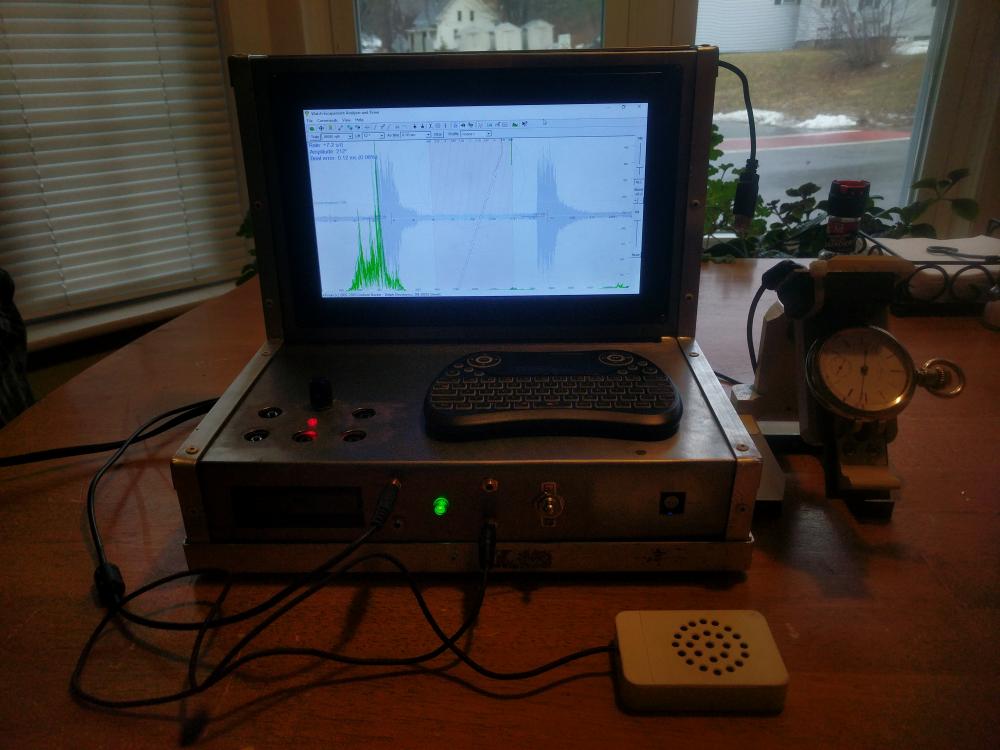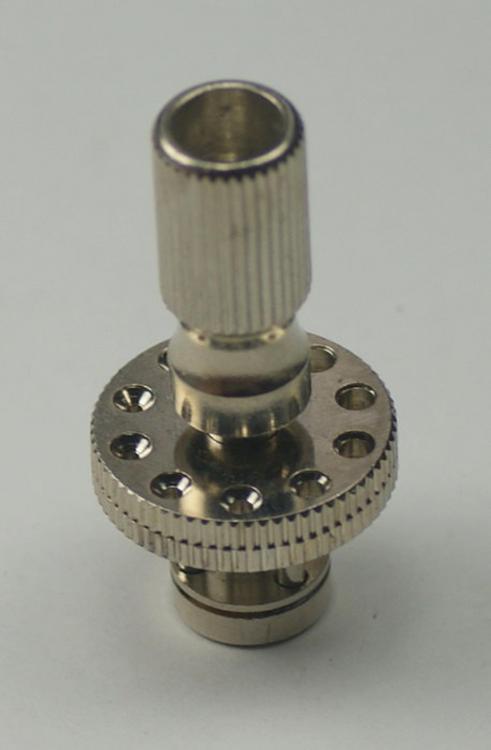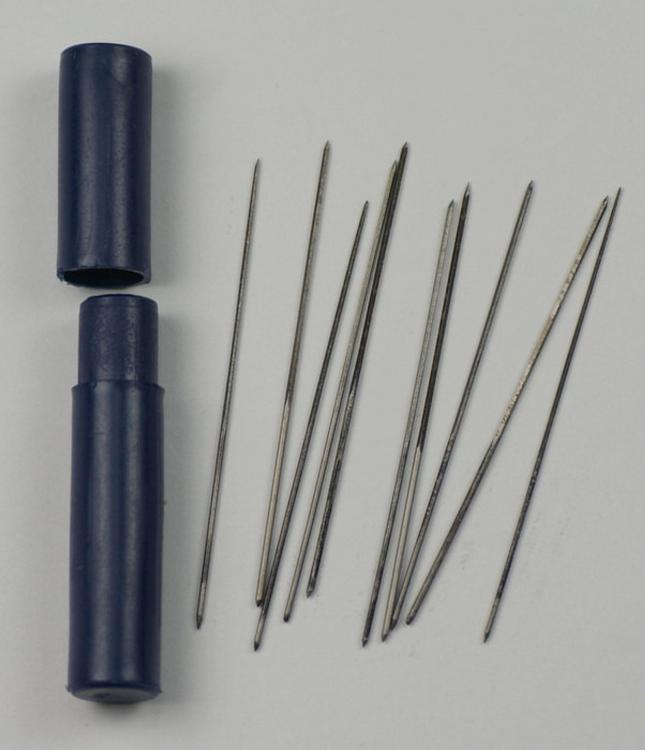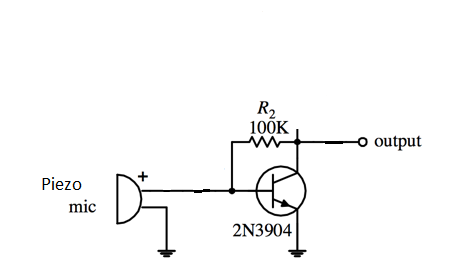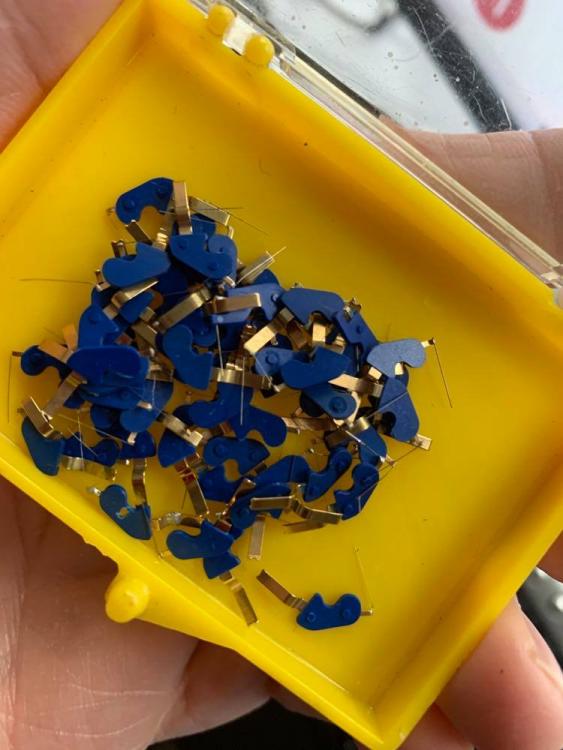Leaderboard
Popular Content
Showing content with the highest reputation on 01/16/21 in all areas
-
The balance is poised with the roller table in a specific position , so best to move the hairspring.3 points
-
Finished roughing out my All in one Timing machine. It works very well. Now I will do the paint and engrave the faceplates. Windows 10 micro pc, 10in touch screen, using microset, watch-o-scope, and e-timer software, has an oscilloscope and multimeter also that connect to the preamp out port and the USB. Has Removeable speaker for hearing tick sound (connects to preamp out port) Headphone jack Preamp out Temp sensor input Pickup (Mic) input USB port Very sensitive pickup on a multi-directional base that I made years ago. Can get a clean signal from even the smallest movements easily. Has noise canceling with adjustable blanking, and gain. Signal is acquired from a Preamp made from a modified microset board and pickup. Connects to internal PC via a USB soundcard and a serial port. Machine has no ground externally a uses battery to separate the preamp from the computer and main power. Everything is shielded and grounded internally and has RF and EMF reducing like Ferrite Toroids / Ferrite Rings...3 points
-
For something like this I place the hand on hard rubber, like a hockey puck, and press down with a round bar, rolling as needed to get the shape. It goes pretty quickly.2 points
-
Your watch has no pendant tube, so I don't see how it can be water resistant, unless you fit one. Beside that a pendant tube is needed to avoid the crown wobble and the stem bend easily. The tube is measured on the ouside diameter, to match the seal on the crown. Yes, so called waterproof, Swiss style. All assortments are very useful especially you intend to do a lot of resturations on watches that match the boxes you have. And having the right part ready to fit is a great achievement. Look the table which lists the sizes, see if there's what you need before buying. Otherwise Cousins has a good selection of individual crowns also.2 points
-
1 point
-
1 point
-
I use a safety razor blade, the thin edge slides under the collet with relative ease , open a gap, work your way around the collet to widen the gap, once wide enough you can insert in a scredriver blade, keep on until the spring come off.1 point
-
I agree entirely with @jdm. Don't touch it until you are comfortable cleaning/lubricating a similar movement and getting it running as it should. Then do it two more times.1 point
-
Bam!!! Another mystery solved. I was looking at that tool in my dads watch bench yesterday and wondering what it was for. In the same drawer is a container of broaches. Voila!!1 point
-
1 point
-
1 point
-
I wind the majex through the ratchet wheel, if it runs, all you might want to do for now is fixing the stem. Just drop the crown in a solution of alum in tap water, the remainder of stem will deslove in alum and I can't see if there is any thread left on the stem since you can get by with a stem extender if there is. Keep us posted please.1 point
-
Then thanks for reminding me I was going to send pictures of the movement to a friend who understands the various forms of lever escapement's to see if he can see anything different than what I've seen. Also I emailed the engraving to a friend who does engraving and yes she would like to have better pictures isn't that surprising. Interestingly she comes up with a slightly different translation than we did but once again she thought lighting was Critical and would be helpful to have better lighting. "Ian McCane" maybe "Ian McLane". Yes she was very insistent that the first name does not start with the letter J. To help out for the discussion I found a helpful link. Understand my texture going to have to multitask between the text the images I snipped out and the link below. Then ideally should probably read all the text of the link below anyway there might be something helpful I just like the pictures there. First off it occurred to me that it be really helpful if you would separate the movement from the case I think that would help considerably. In one of the images I drew a green line through a picture I swiped off the website. The silver case is hinged together but the movement is also hinged to the silver case. Normally will see a brass pin usually it's tapered. So you look at each end one will be smaller than the other hopefully sometimes it could be straight. You need to push that out then you'll separate the movement from the case. But it doesn't seem to push or you have a confusion don't do anything and break something. In the first image on the website you get a better idea of the layout of the watch and the fusee. The fusee is there to equalize the force of poorly made mainspring. When the Watch is unwound the chain should be wrapped around the mainspring barrel. In the image the chain is wrapped around the fusee barrel which it normally would be only if the watch is wound up. For the picture purpose they wrapped it around the fusee because otherwise it will fall off the barrel as there's nothing to hold it in place if there is no main spring force. In other words if you look at the barrel the side is smooth. As your fusee chain is entirely wrapped around the fusee barrel it is wound up. I'm not going go into the details but in the second picture there is a lever with the spring the purpose of that is to keep you from winding past fully wound up. But if the end of the chain is no longer attached to the barrel it doesn't matter whether the spring is broken or not if the chain is no longer attached either because it broke that would be bad or it came un looked that would be better. If you can wind the watch and you see the fusee rotating but you feel no force the chain is not functioning correctly. You may actually see the end of the chain if you're lucky I thought it was in one of the pictures? Then while looking for a better picture of I thought I saw the end of the fusee chain in the middle watch I did notice better image of the lever. So I snipped out one of your images the banking pins I marked in pink. The end of the lever I put a little box around it. I snipped out an image off the website showing the lever and escape wheel up close. So it appears to be a lever but there are lots and lots of variations of levers especially in the early days and something still doesn't look quite right but it may just because the pictures don't have enough depth of field. Separating the movement from the case would really help for photo purposes. Then of course better photography preferably with better depth of field. http://oxfordpocketwatches.blogspot.com/2017/05/the-fusee-watch.html1 point
-
Hello and welcome to the forum. I have attached a little reading while you ponder your next move. These will aquaint you with the complexities of the Horological world. all the best TZIllustratedGlossary (1).pdf Witschi Training Course.pdf 1612608791_ToolsfortheHobbyist.pdf1 point
-
Thanks John for searching the circuit in this loooong thread! Some notes on my simple but proven 1-transistor design: Which transistor depends on your location: BC 549 (a low noise type btw) is more popular in Europe, 2N3904 in US. Generally a transistor produces much less noise than any OP-amplifier. Some mic inputs (4-pole plugs) are quite touchy with switching to the external mic. Though a lower resistor gives slightly higher amplification, it showed that a 1 M resistor gives best performance (switching most inputs). But if you build for your own use, you can try which works best (~ 330 k ... 1 M). Frank Link to PCTM1 point
-
1 point
-
I can't find it now but on one of the forums, somebody posted a very simple set up. One transistor, one resistor, a plug and a piezo disc. This person got it all to fit in the plug end. I know nothing about electronics and I built one. Two actually. I had to wire in headphones to make the Mac work. I read somewhere that a Mac won't turn on the mic unless headphones were plugged in too. Works on my Win10 machine with just the mic wired up. I bought a 10 pack of transistors, a pack of 1M ohm restistors, piezo discs, and TRRS plugs with a pigtail. With the headphone, I could hear a very clear and clean tick-tock. I'm using the open source TG app. I get a good clean signal on it. I just can't get TG to run well on the Mac, that's a battle for another day. Better signal than any headset microphone I tried before. Messing with the sound card equalizer gave an even better signal. I'll dig up my notes and post them when I find them.1 point
-
A black dialled Swatch Irony today. This is another design classic, and also a bit of a Marmite watch. Either you love it or you hate it. I'm a big Marmite fan myself. The only thing that lets it down in my opinion is the lume. Yes, the hands are nice and bright, but there is absolutely nothing else on the dail or case that is lumed, so it may well be sitting glowing gently on the bedside table next to you as you stare at it bleary eyed, but unless you reach out and grab it to figure out which way up it is, you have absolutely no idea what time it is. Even with it in your hand, you only have a vague idea.. 3am, maybe, or is it four.. who cares, its too early I'm going back to sleep.1 point
-
I am putting a box of sand under my desk so I can take off my shoes and wiggle my toes like I'm at the beach.1 point
-
Hi praezis, This sounds amazing! I really would like a small amplifier that draws the power from the Mic Bias! No need for a battery and the unit can be made very small. Any chance you could publish the schematic diagram for your 1 transistor amplifier, including component values, please? Maybe even photo(s)?1 point
-
0 points


